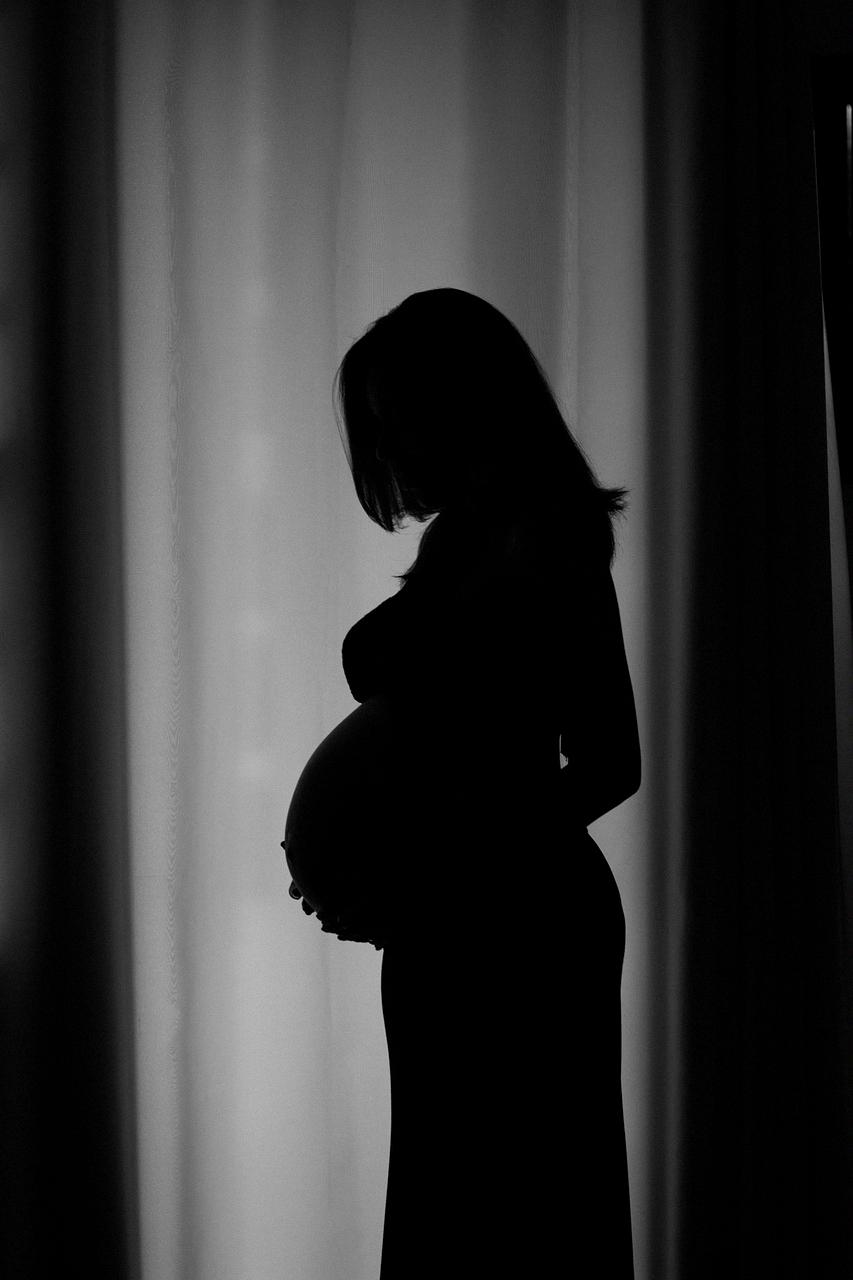Exploring the miraculous journey of pregnancy often leads to mesmerizing discoveries, especially when it comes to the occurrence of triplets. The fascinating phenomenon of triplets pregnancy is a result of intricate biological processes that truly showcase the wonders of nature.
A Closer Look at Identical Triplets
Identical triplets, also known as monozygotic triplets, occur when a single fertilized egg splits into three identical embryos. This remarkable event leads to the development of siblings who share the same genetic makeup, resulting in striking physical similarities.
The Role of Fraternal Triplets
In contrast, fraternal triplets, or dizygotic triplets, originate from the fertilization of three separate eggs by three distinct sperm cells. As a result, each sibling in a set of fraternal triplets is genetically unique, akin to typical siblings conceived in separate pregnancies.
The Influence of Genetics on Triplet Pregnancies
Genetics play a pivotal role in determining the likelihood of conceiving triplets. Factors such as a woman’s age, family history of multiples, and certain fertility treatments can significantly impact the chances of a triplet pregnancy.
Understanding the Ovulation Process
Triplets pregnancies often occur when a woman releases multiple eggs during ovulation, increasing the possibility of multiple fertilizations. This heightened ovulatory activity can result from various hormonal fluctuations and genetic predispositions.
The Impact of Assisted Reproductive Technologies
Advancements in assisted reproductive technologies, such as in vitro fertilization (IVF) and ovulation induction, have contributed to the rising incidence of triplet pregnancies. These procedures can stimulate the release of multiple eggs, enhancing the likelihood of multiple gestations.
The Significance of Maternal Age in Triplet Pregnancies
Maternal age also plays a crucial role in the occurrence of triplet pregnancies. Women over the age of 30 are more likely to release multiple eggs during ovulation, increasing their chances of conceiving triplets compared to younger individuals.
Risk Factors Associated with Triplet Pregnancies
While the prospect of carrying triplets is undoubtedly remarkable, it is essential to acknowledge the potential risks associated with multiple gestations. Complications such as premature birth, low birth weight, and gestational diabetes are more prevalent in triplet pregnancies.
Medical Supervision and Care during Triplet Pregnancies
Given the increased complexity of triplet pregnancies, medical supervision and specialized care are paramount to ensuring the health and well-being of both the mother and the developing fetuses. Regular prenatal visits and monitoring help mitigate potential risks and complications.
The Emotional and Physical Challenges of Carrying Triplets
Carrying and delivering triplets can pose unique emotional and physical challenges for expectant mothers. The demands of a multiple pregnancy require additional support, resources, and personalized care to navigate this extraordinary journey successfully.
Celebrating the Joy of Triplet Births
While triplet pregnancies may present inherent challenges, they also herald immense joy and blessings for growing families. The arrival of three precious babies simultaneously is a miraculous event that symbolizes love, resilience, and the beauty of new beginnings.
Conclusion
In conclusion, the occurrence of triplet pregnancies is a captivating blend of genetic predispositions, reproductive technologies, and the awe-inspiring complexities of human biology. Understanding the underlying factors that contribute to triplets pregnancy enhances our appreciation for the miraculous journey of bringing multiple lives into the world.

